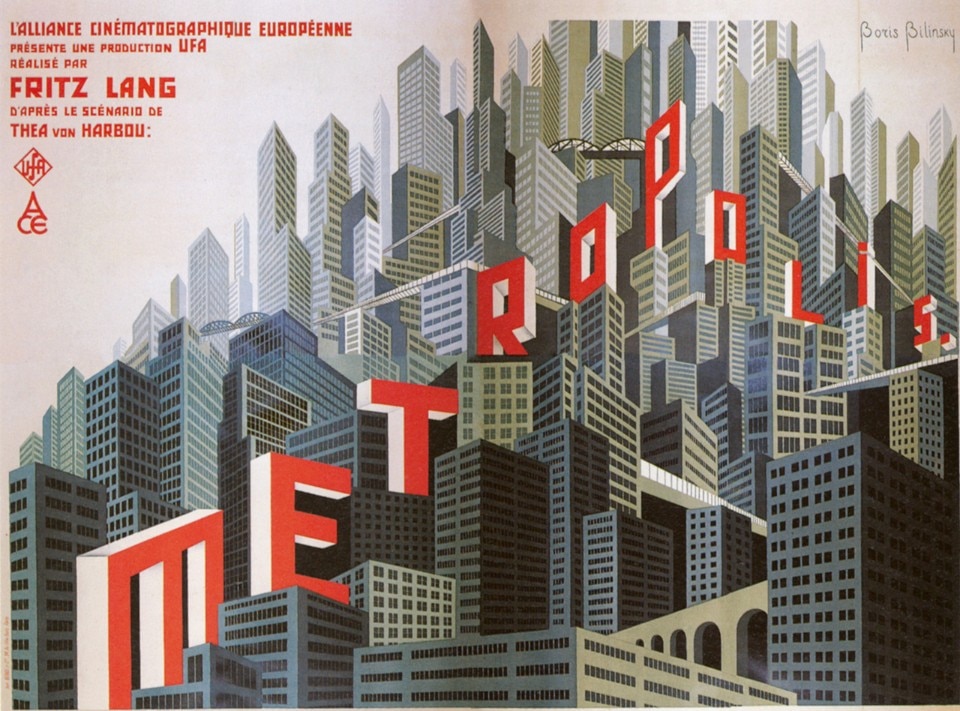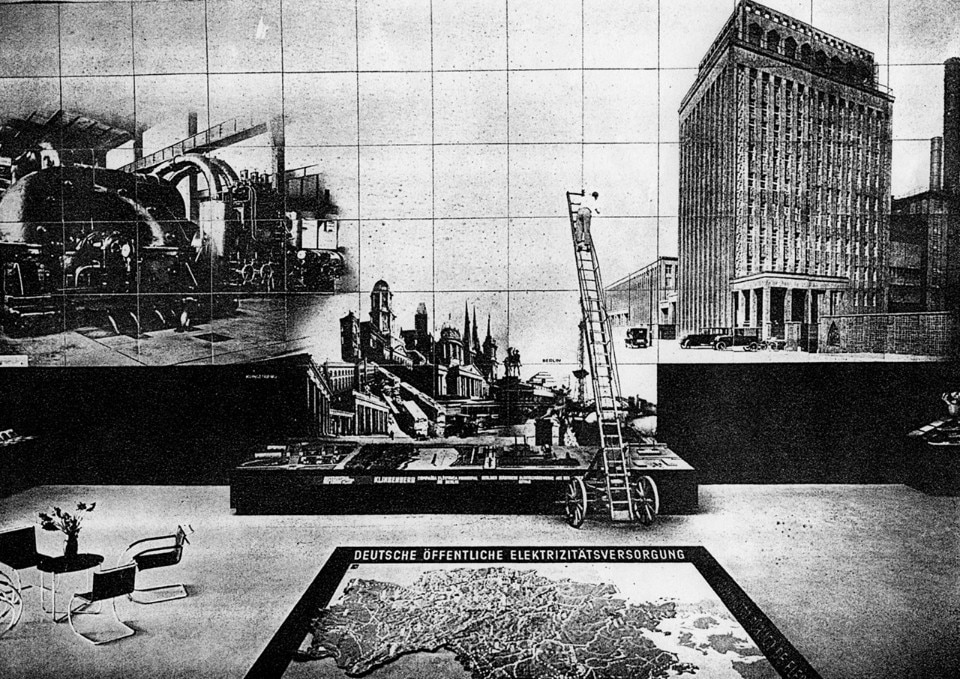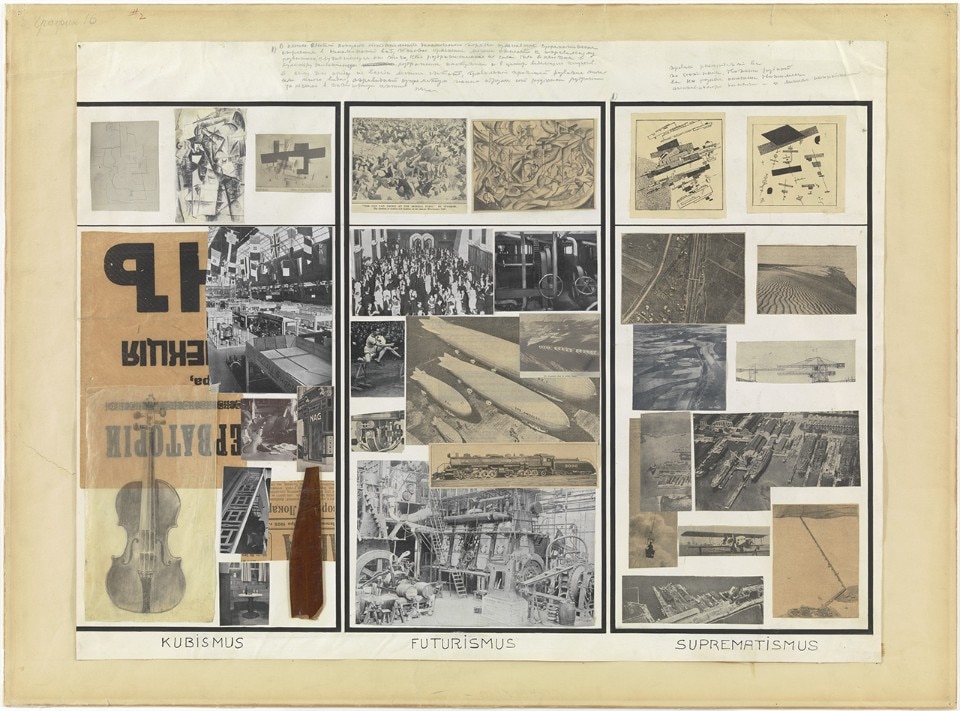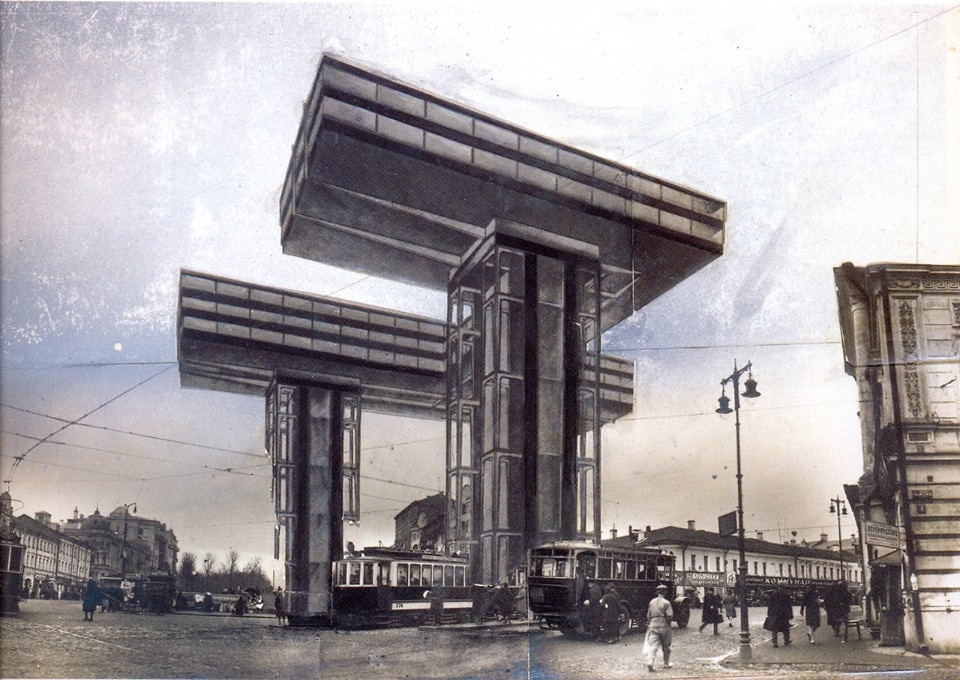Martino Stierli, Philip Johnson Chief Curator of Architecture and Design at the Museum of Modern Art since 2015, has recently published “Montage and the Metropolis” (Yale University Press), a book that explores the relationship between the architecture of the city and its representation through the history of montage, the twentieth century avant-garde, and the metropolis par excellence – New York.
Can you explain to us the genesis of the book?
I have a long-standing interest in the representation of architecture and urban space in new media. After finishing my PhD on the use of photography and film in “Learning from Las Vegas”, I wanted to continue thinking along those lines but shifted the historical scope of my investigation to the early twentieth-century avant-garde. The starting point were Mies van der Rohe's photomontages.
My study first evolved within an interdisciplinary research project at the University of Basel (Eikones) I was part of and which investigated the role of images in modern and contemporary culture. It was a very interdisciplinary conversation. "Montage and the Metropolis" is methodologically informed to some degree by this experience.

The first part of your book is focused on the meaning of montage and the difference with collage followed by three chapters dedicated to Mies van der Rohe, Sergei Eisenstein, Rem Koolhaas.
Can you explain this difference and how the three case studies that you chose in architecture, film, and architectural literary space have used these representation tools?
Montage, as I am defining the term and as opposed to collage, is not merely a tool for visualization, but a tool for the production of meaning. In a montage, the gap between two juxtaposed, adjacent elements acquires meaning by the active contribution of the viewer who fills that gap. Collage denominates instead an artistic practice that has to do with materiality and tactility, and it is less an epistemological tool.
Mies was involved with the artistic avant-gardes and particularly with the Dadaists, who are widely credited to be among the inventors of montage in the sense I am interested in. My study explores this connection to the Dadaists and discusses how Mies’s frequent use of photomontage for the representation of his projects changes from his early European to his later American career, and interprets this changing usage within a political framework.
Eisenstein was interested in what he called “intellectual montage” in the way I am defining the term: as a means to produce visual meaning. Trained as an architect and engineer, he has many intersections with avant-garde architecture: his montage theory is fundamentally an architectural and a urban one. In his seminal text “Montage and Architecture” he makes the argument that architecture and urban space are proto-cinematic experiences implying a sense of montage thinking.
The chapter on Koolhaas’s Delirious New York takes on an contemporary perspective and discusses how the neo-avant-garde or post-modern both returns to and concludes the project of the historical avant-garde. Koolhaas is very interested in cinema, the Soviet avant-garde, and the concept of montage and how it could be applied to architecture. Delirious New York in a way concludes the history of montage in the twentieth century, but also the history of the metropolis.

The interdisciplinary methodology used throughout the book is evident in the last chapter on “Delirious New York”: at Cornell University at the time Mathias Unger, Colin Rowe, Emilio Ambasz influence to different degrees Rem Koolhaas’s New York obsession and his fascination with Walter Benjamin’s "Arcade Project”…
There is a clear historiographic methodology and an attempt at contextualizing “Delirious New York” within its time and the intellectual atmosphere in which it was born. To a certain degree I'm trying to demystify the book and make understandable where its larger ideas are coming from. Relating “Delirious New York” to the immediate context of its genesis around Cornell and the Institute of Architecture and Urban Studies helps to understand that the book is not just a singular genius invention - which of course it is - but also forms part of a much larger conversation that was taking place in the Seventies in New York. However, I was also interested in a more theoretical approach and in saying something about modernity and the history of image practices in architecture. For this reason, I also discuss “Delirious New York” in the context of Walter Benjamin’s writings on the metropolis. In that sense maybe I'm combining two different methodologies: as a historian, I am establish the facts, but as a theoretician, I also speculate about how these facts relate to larger questions.
Your book ends with “Delirious New York” published in 1978: is this because this was the last avant-garde research of the past century? Because montage is not a representation tool anymore? Because New York lost its role as the quintessential metropolis?
What is going to be next?
My interest as a historian is to make sense of what happened in the past from a contemporary perspective. My last chapter is indeed about New York as the quintessential metropolis of the twentieth century and Koolhaas who deliberately revisited the historical avant-garde. It is the temporal distance that helps us understand this, by looking back. Today, there is a feeling that we are living in a time that is beyond manifestos, beyond radical innovations, and that lacks clear direction. I’m wondering if that feeling is not something that has its very own history: people in the late nineteenth and early twentieth centuries perhaps felt very similar about their present as we do today. There are these moments of insecurity where instead of having answers we are more interested in asking questions. And that inevitably has an impact on how we are going to write about history.
How did your research influence your curatorial vision in the way you produce exhibition spaces?
It’s not something I deliberately thought about, but I’m very much interested in the perception of space while moving through it, a key concept of Eisenstein’s theory.
In my exhibition “Toward a Concrete Utopia: Architecture in Yugoslavia, 1948–1980”, I was interested in including not only videos, but also large blow-ups of the photographs of Valentin Jack. These are located strategically in the galleries and thus produce a sense of procession, a montage in space.
There is also a larger conceptual thinking for the use of montage and how we look at history today. In earlier instances the Museum of Modern Art attempted to tell a story of how modern art unfolded in a teleological manner.. In our age, we believe in a multiplicity of different stories to be told, and which may be conflicting with each other: the history of modern art and architecture is not linear, but polyfocal. The concept of montage is thus helpful as a model for historiography.



